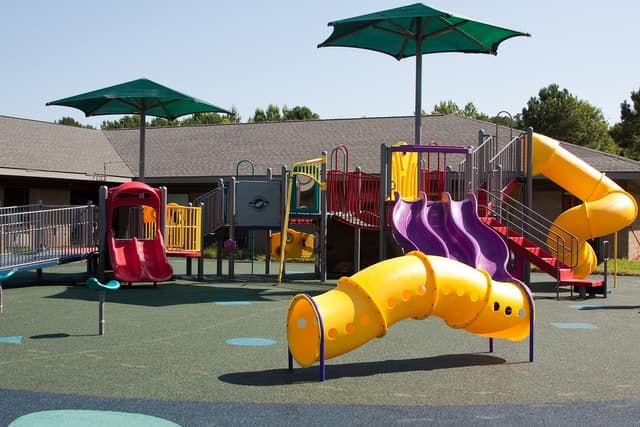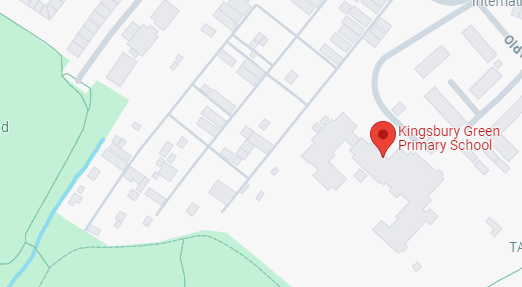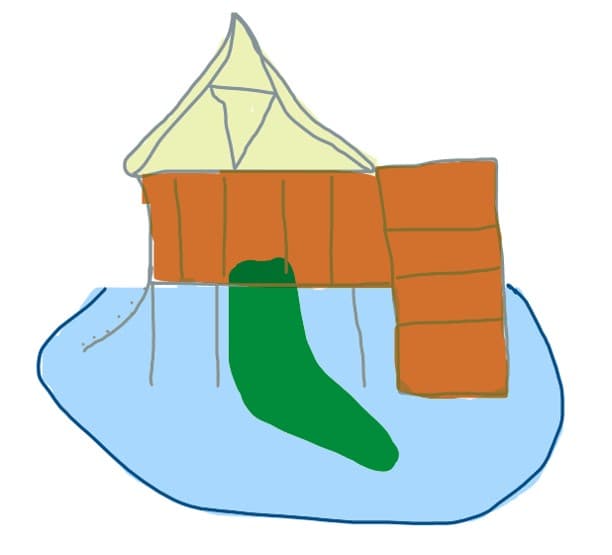Myths about teaching can hold you back
- Year 1
Planning a route
You can plan a route to your local play area using aerial images and a large-scale map.
- Year 1
Planning a route
You can plan a route to your local play area using aerial images and a large-scale map.
These resources were made for remote use during the pandemic, not classroom teaching.
Switch to our new teaching resources now - designed by teachers and leading subject experts, and tested in classrooms.
Lesson details
Key learning points
- Maps of different scales, or a zoom function on a digital map, may be needed to locate pupils’ favourite play places.
- Aerial photographs and large-scale maps show local features, including play areas.
- Aerial photographs and large-scale maps can be used to plan routes.
- Play areas need to be accessed safely so thinking about routes and access is important.
Keywords
Play area - A play area is a space that contains equipment and features that children can use when playing.
Map - A map is a two-dimensional representation of an area, showing geographical features and where they are in relation to each other.
Risk - Risk means the possibility that something bad or unpleasant, such as an injury, might happen.
Route - A route shows the starting point and end point of a journey, sometimes with stops in between.
Common misconception
The most direct route to a play area might not be the safest.
Just because a route might be the shortest, it does not mean it's the best route to take if there are no safe areas or pavements to walk along or safe crossing points. The best route must consider the time taken, most direct way and be safest.
To help you plan your year 1 geography lesson on: Planning a route, download all teaching resources for free and adapt to suit your pupils' needs...
To help you plan your year 1 geography lesson on: Planning a route, download all teaching resources for free and adapt to suit your pupils' needs.
The starter quiz will activate and check your pupils' prior knowledge, with versions available both with and without answers in PDF format.
We use learning cycles to break down learning into key concepts or ideas linked to the learning outcome. Each learning cycle features explanations with checks for understanding and practice tasks with feedback. All of this is found in our slide decks, ready for you to download and edit. The practice tasks are also available as printable worksheets and some lessons have additional materials with extra material you might need for teaching the lesson.
The assessment exit quiz will test your pupils' understanding of the key learning points.
Our video is a tool for planning, showing how other teachers might teach the lesson, offering helpful tips, modelled explanations and inspiration for your own delivery in the classroom. Plus, you can set it as homework or revision for pupils and keep their learning on track by sharing an online pupil version of this lesson.
Explore more key stage 1 geography lessons from the Local area: how do we read maps and plan routes? unit, dive into the full primary geography curriculum, or learn more about lesson planning.

Licence
Prior knowledge starter quiz
6 Questions
Q1.Which of these are places to play in the school grounds?
Q2.__________ photographs are taken from above.
Q3.Why do geographers create routes on maps?
Q4.What is the locational language in this sentence: the library is next to the school hall?
Q5.Geographical are words used to help us explain and describe in geography.
Q6.Which of these is a drawing of a playground?





